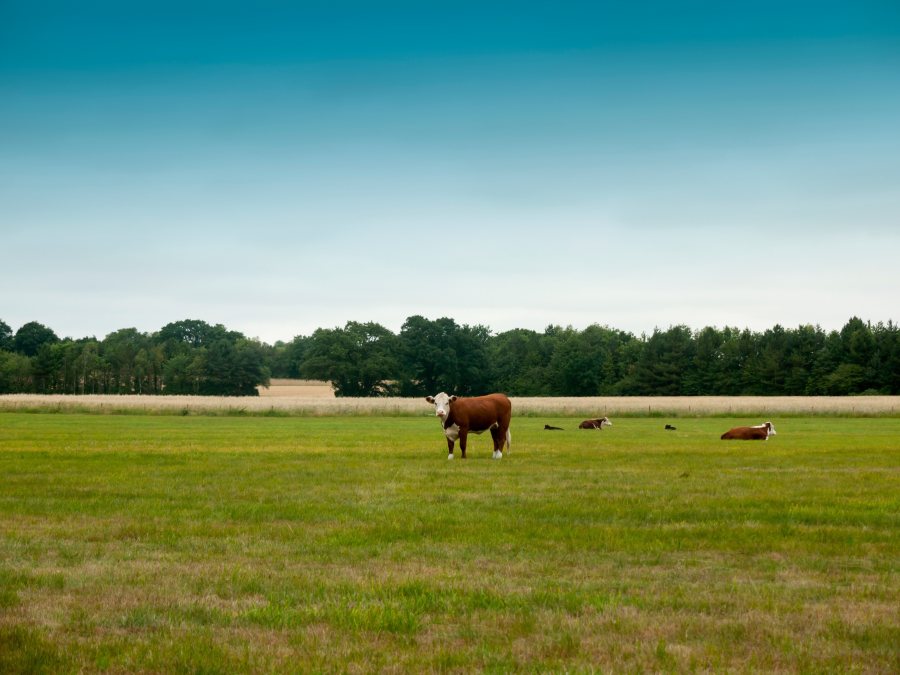
Cattle-to-cattle transmission of bovine TB is by far the most common form of disease spread, according to a new study.
The Agri-Food and Biosciences Institute (AFBI) study provides important, local genomic evidence on bTB transmission within and between cattle and badger populations.
In the study, funded by the Department of Agriculture (DAERA), scientists generated 162 gigabytes of genetic data from 600 isolates of the bacterium that causes bTB – Mycobacterium bovis.
This genomic data allowed them to construct family trees of the bacteria isolated from cattle and badgers and to infer the likely relative importance of the various routes of transmission, such as cattle-to-cattle, badger-to-badger and cattle-to-badger.
The study found that cattle-to-cattle transmission was by far the most common form of disease spread observed in the test zone, located near Banbridge, in Co Down, while badger-to-badger transmission was undetected.
However, signals of inter-species transmission - both cattle-to-badger and badger-to-cattle - were detected as both hosts swapped closely related strains of bacteria.
While being highly variable, cattle-to-badger transmission appeared to be considerably more common than badger-to-cattle transmission, according to the study.
Researchers also studied the genetics of the badger population, finding that over the period of the study, badgers remained highly territorial with closely related badgers tending to stay physically close in the landscape.
AFBI said: "This being the case, if badgers were commonly transmitting bTB, one might expect closely related badgers to share closely related pathogen strains. The researchers found this not to be the case.
"The sum of the evidence suggests that cattle were playing the major role in the spread of disease, with badgers involved, but to a lesser extent.
"One important observation, however, needs to be made: While badger-to-cattle transmission was detected less commonly, once it occurs... it can amplify such initial seeding events to have a much greater impact.
"Because the pathogen has been found to mutate incredibly slowly, such amplification effects cannot be detected by genomic methods, such as deployed here.
"However, it remains plausible that a trickle of infection from badgers-to-cattle could still have an outsized effect," AFBI added.
The Co Down zone was chosen for intervention by DAERA as it was an area of high badger and cattle density which had a high level of bTB in those cattle herds.
The area had also experienced a largely unexplained rise in bovine TB incidence in 2011-2012.
AFBI said: "This study provides important, local genomic evidence on bTB transmission within and between cattle and badger populations.
"It also highlights the benefits of using genomics for disease surveillance, something which came of age in the Covid pandemic, and is likely to be of increasing importance for bTB control in the future."
